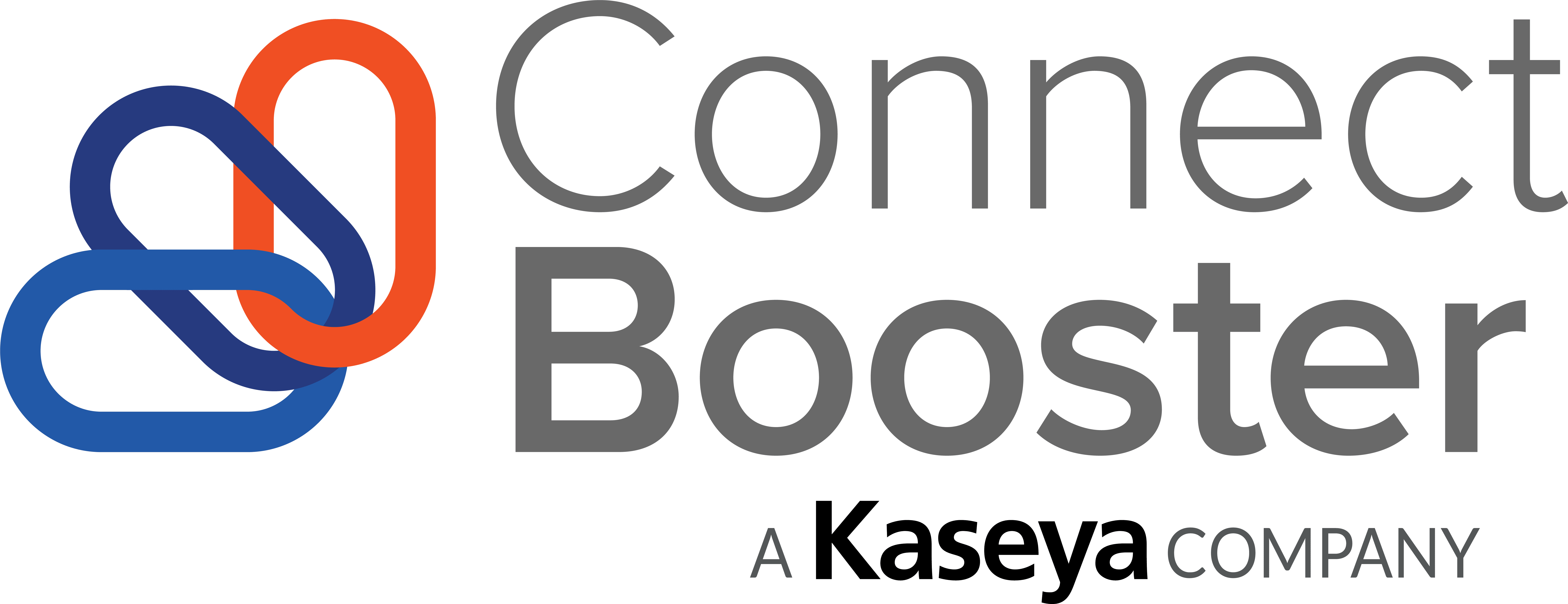Regardless of what the media tells you, no one can make accurate long-term predictions about the stock market, bank stability, and key financial indicators. Unexpected issues can appear out of the blue and throw off even the most conservative projections. On the national level, a glitch in the housing, banking, or oil futures markets, disease outbreak, or unexpected election results can all create panic amongst traders and spiral out of control if not checked quickly by regulators and industry leaders.
Local economic factors are even less predictable. Tales of MSPs experiencing significant financial shortfalls after their clients go bankrupt or experience cash flow issues are all too common, leaving providers scrambling to make up the lost revenue. Those issues rear their heads at the most inopportune times and, without a strong business strategy in place, a sudden downturn can turn into a complete disaster. So how can your MSP survive an economic downturn?
Assess your portfolio risk
If the largest employer in your city or town were to close its doors tomorrow without any notice, how would that affect your business? Do you or your clients rely heavily on the income of one or two customers? The answers to those questions are essential when examining your financial stability; that information can help owners and other stakeholders focus on their financial risks. Successful MSPs regularly spend time evaluating risks, reviewing key metrics, assessing the options, and adjusting their plans accordingly.
IT services providers must pay close attention to current financials as well as future projections. Validate those numbers with accounting professionals and investment experts who can spot potential issues and keep you abreast of the latest market indicators.
For example, a weekly review of accounts receivables helps MSPs spot negative overall trends and individual client issues before they get out of hand. The best way to reduce financial risk is to quickly address those outstanding balances.
Moving from collections to sales, a frequent assessment of your firm’s ‘revenue by client’ will keep everyone focused on gaining “wallet share” with innovative new services and solutions. While some customers, such as those with internal IT teams, may fall below average, this exercise helps validate the activities of your account managers and sales staff. Increased revenue projections and rising contract values will soften your MSP’s short and longer-term financial risks.
With a strong focus on the risk factors and periodic adjustments to minimize their effects, including changes in sales plans, you can make your MSP fairly ‘recession-proof.’

Focus on the metrics
Numbers never lie. With the use of industry and regional benchmarks, as well as the help of peers and qualified accounting professionals, MSPs should always know their true financial situation. The nature of a managed services business and the constantly fluctuating recurring revenue streams make frequent reviews mandatory ‒ at least for those who care about the health of their company.
KPIs are the key. Setting quarterly, if not monthly objectives with long-term goals benchmarked to industry standards is vital. Highly profitable MSPs measure and track metrics for key parts of their businesses ‒ typically around sales, expenses, support functions, and financials ‒ and make any adjustments needed to improve performance. A few KPIs that MSPs pay close attention to include:
1. Net Operating Income: one of the key indicators of the financial health of a managed services business. NOI is the firm’s total operating revenue minus its total operating expenses, and it gives MSPs a quick overview of their overall margins each month. When this KPI is trending upward or is at least 10%, your business will be in a better position to ride out an economic downturn.
2. Contract Profitability: this is the revenue an MSP generates from each client minus the expenses from supporting that business. While the range of margin targets recommended by various experts can vary from 25% to 65%, providers should set realistic targets based on discussions with peer communities, industry benchmarks, and each company’s unique circumstances (i.e., vertical limitations, automation constraints, other limitations). MSPs typically break this metric down by client so they can assess the financial contribution of each contract. During contract renewal this KPI can serve as a guide for your team, ensuring they propose rate adjustments, changes to service mixes, and expense reductions that strengthen profitability. The goal isn’t to add unnecessary services or pad your monthly invoices, but to avoid making poor financial decisions for you or your clients.
3. Monthly Recurring Revenue (MRR): the baseline cash flow for a managed services business, the income stream MSPs count on each month to pay operational expenses and fund expansion. MRR is the holy grail of assets. Since there is no easy way for MSPs to predict sales and revenue increases each month, and when that income will turn into cash in the bank, you can at least count the money due for services outlined in each contract. MRR represents the financial stability you need to get through economic downturns.
Cash is the best firewall
Accounts receivables are not guaranteed. Setting sales records and landing contracts with significant MRR totals looks great on paper, but until that rising A/R converts into cash in your bank account, those numbers are simply future promises. Your clients pledge to pay you a set amount each month for managed and cloud services and support, and if all goes well, you bill them on a timely basis for those offerings and any other deliverables.
No need to beg clients for the money they owe or get bank loans to get you through tight times. What can you do to future proof your MSP business and lessen your dependence on other people’s money? Payment automation is a wise first step towards these goals.
Then the waiting begins. It’s not unusual to see MSPs with 30, 90, and even 120-day A/R averages, if not longer, with no way to speed up their collections without straining the relationship with overdue clients. In those situations, customers essentially turn their IT services partners into long-term lending institutions. Don’t become an interest-free bank.
Savvy providers don’t play the waiting game. Those MSPs incorporate tight accounts receivables policies in all clients’ contracts and provide online payment portals like ConnectBooster to ensure timely collections. Cash in the bank puts you in the driver’s seat.
A combination of effective A/R management practices and automation will put you in control should economic conditions worsen. The payout from having strong managed services contacts with steady cash flow is economic freedom.

